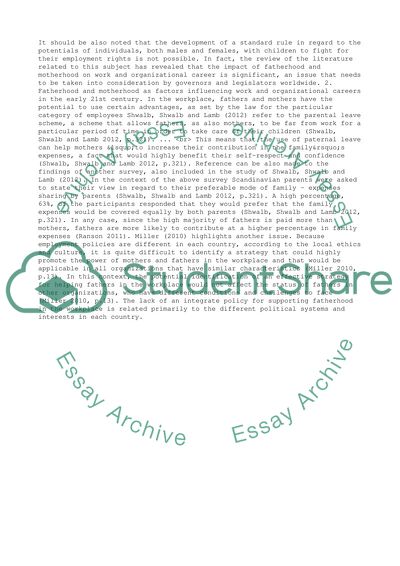Cite this document
(“Impact of Fatherhood and Motherhood on Organizational Careers Essay”, n.d.)
Retrieved from https://studentshare.org/business/1464979-discuss-the-different-ways-in-which-fatherhood-and
Retrieved from https://studentshare.org/business/1464979-discuss-the-different-ways-in-which-fatherhood-and
(Impact of Fatherhood and Motherhood on Organizational Careers Essay)
https://studentshare.org/business/1464979-discuss-the-different-ways-in-which-fatherhood-and.
https://studentshare.org/business/1464979-discuss-the-different-ways-in-which-fatherhood-and.
“Impact of Fatherhood and Motherhood on Organizational Careers Essay”, n.d. https://studentshare.org/business/1464979-discuss-the-different-ways-in-which-fatherhood-and.


